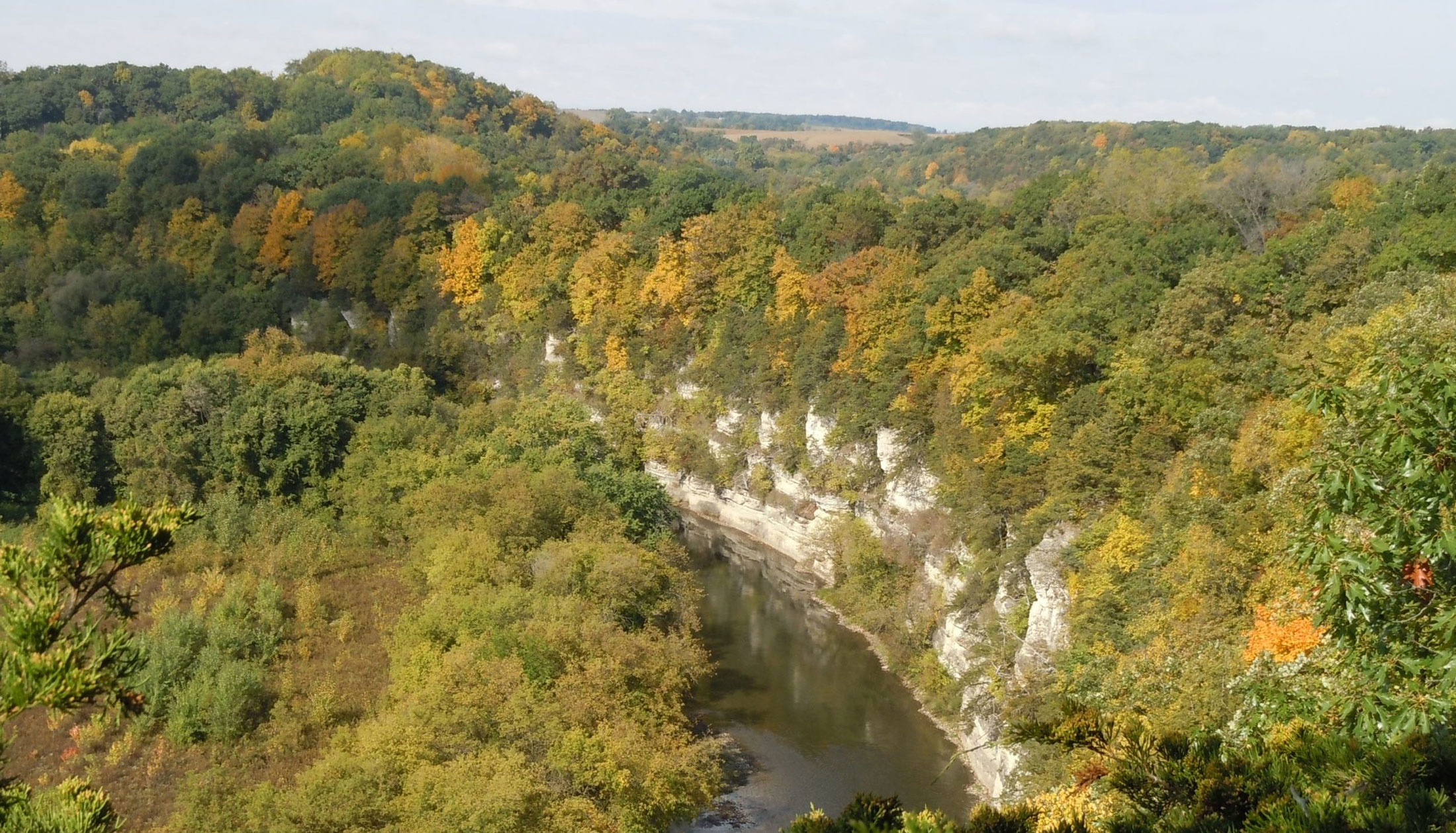
The unique physical and geologic attributes of the Upper Iowa River Watershed add interest and complexity. The dendritic valleys, steep slopes, karst topography and karst features also provide unique challenges and opportunities for producers, land managers, and conservation professionals alike. It is important to understand the physical characteristics and geology of the Upper Iowa River Watershed, how it compares to other parts of Iowa and the surrounding region, and how the related differences influence hydrology, scientific analysis and modeling, land use, conservation and overall watershed resiliency. Information about specific karst features and how the relationship those karst features have with the bedrock geology, water quality, and watershed resiliency, as well as how they influence land use and implementation of conservation practices, is also important.
2.3 Geology
2.3.1
A Story Map: Geology and Why It Matters
Geology’s Affect on Groundwater Flow
Similar to Northeast Iowa and the Upper Iowa River Watershed, Southeast Minnesota contains geologic features that affect the movement of water from the surface through layers of soil and rock below. The Minnesota Department of Agriculture along with many partners developed a video series that illustrates the unique geologic features, movement of water to bedrock aquifers and streams, and the vulnerability to contaminates like nitrate in the root river watershed in southeast Minnesota. These videos create a great visual explanation of how groundwater moves throughout the Driftless Area, which includes the Upper Iowa River Watershed. Check out all the videos and illustrations at https://www.mda.state.mn.us/segwresources .
